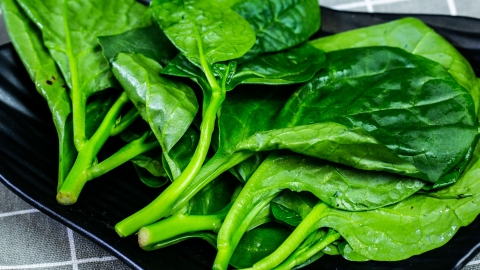Can people with vitiligo eat Malabar spinach?
Generally speaking, people with vitiligo can eat Malabar spinach (Basella alba), but should consume it in moderation. The detailed explanation is as follows:

Malabar spinach is rich in dietary fiber, vitamin C, and minerals such as calcium and iron. It helps promote bowel movement and provides essential nutrients. If the patient does not have an allergic reaction to Malabar spinach and has not previously experienced skin sensitivity triggered by similar photosensitive foods, it is generally safe to consume in moderate amounts. Additionally, if the patient is not undergoing ultraviolet light therapy and the condition is stable, moderate consumption of Malabar spinach typically will not directly worsen the spread of white patches.
Although the vitamin C content of Malabar spinach is not high, excessive consumption may still lead to vitamin C accumulation in the body. This may reduce the levels of serum copper and serum ceruloplasmin, thereby affecting the activity of tyrosinase and interfering with melanin synthesis. Therefore, patients with vitiligo should avoid excessive consumption of Malabar spinach to prevent worsening of the condition.
In daily life, patients should maintain a balanced diet and avoid contact with known allergens, which helps maintain overall health and supports disease recovery.






